Have you ever gazed into the soulful eyes of a Great Dane and felt a wave of awe—and maybe a little panic—about caring for such a supersized sweetheart? If you’ve welcomed one of these gentle giants into your home, you know they’re not just big dogs; they’re big-hearted, sensitive, and sometimes hilariously clumsy family members. But their size brings unique challenges, from towering food bowls to beds that look like small sofas. Ready to discover how to give your Great Dane the happiest, healthiest life possible? Let’s dive into the world of caring for your gentle giant.
Understanding Their Unique Size and Space Needs
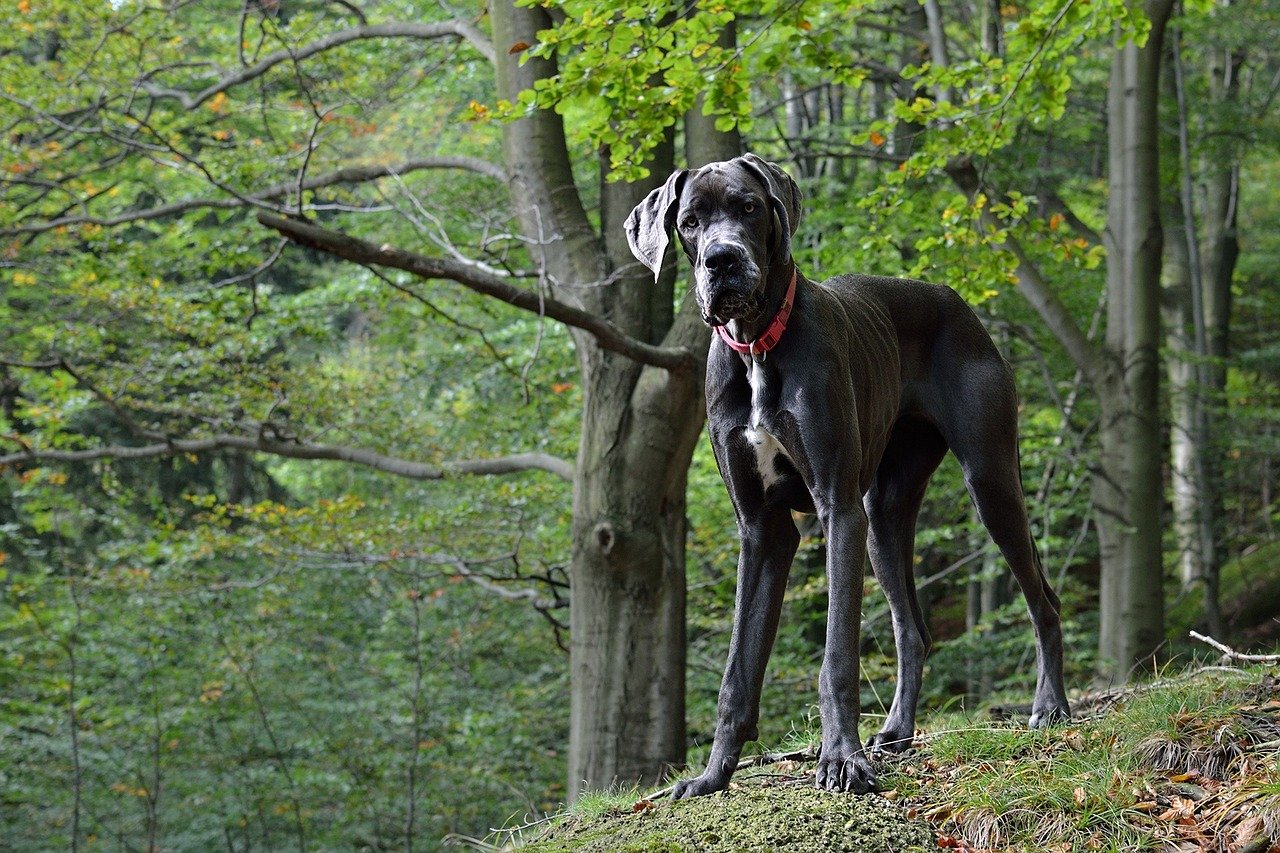
A Great Dane isn’t just another big dog—they’re practically small horses lounging on your couch. Their sheer size means they need more room to stretch, play, and simply exist. Cramped apartments can be tough for them, so make sure there’s plenty of open space for them to move around without bumping into furniture (or knocking over your favorite lamp). Think of your home as a mini playground, with sturdy furniture and clear pathways. Even their beds need to be extra-large and cushy, so they don’t end up hanging off the edges. If you’ve got a yard, that’s a major bonus, but if not, regular trips to a safe, open park will help them burn off energy and stay happy.
Feeding the Gentle Giant: Nutrition Matters
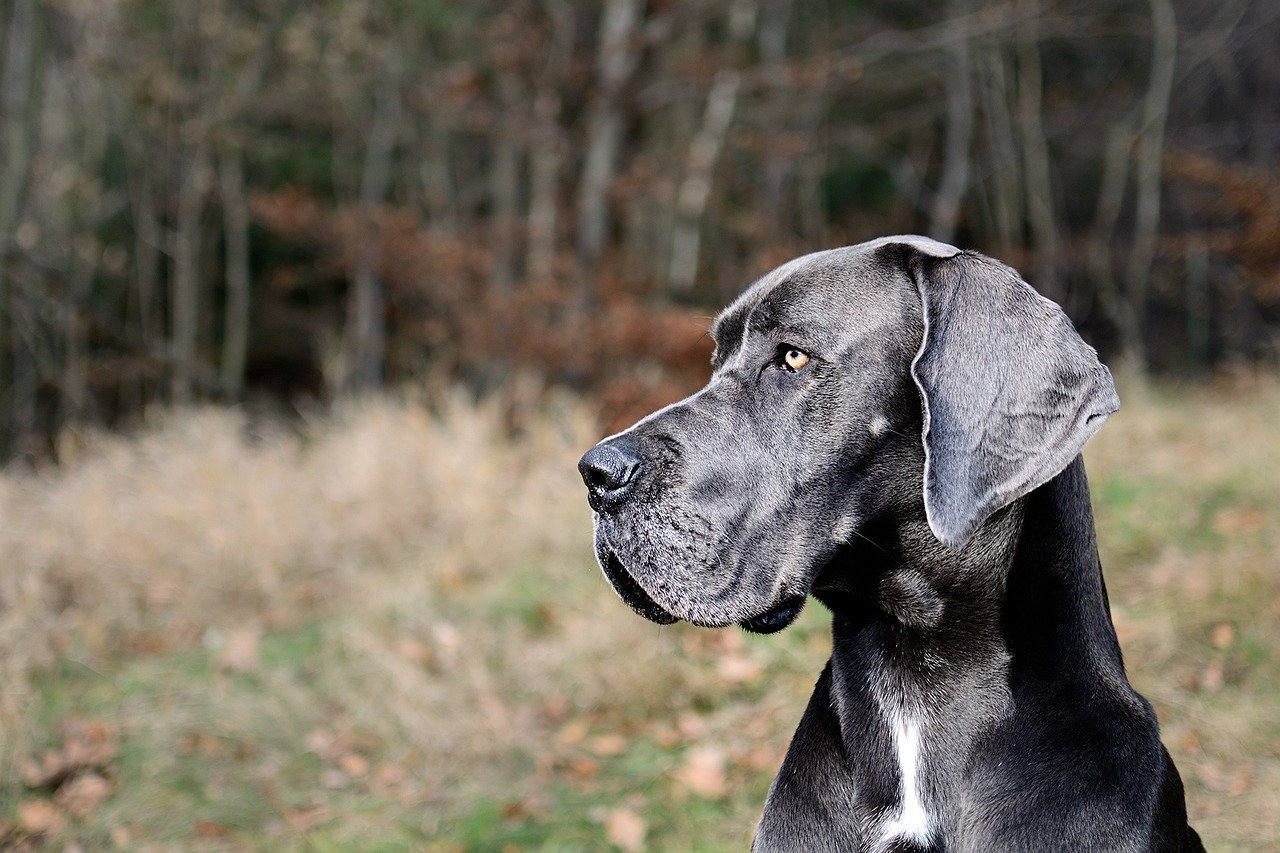
Feeding a Great Dane isn’t as simple as filling a bowl and calling it a day. These dogs grow rapidly, and their bones and joints need special attention. Choose a high-quality large or giant breed dog food, and don’t skimp on quality. Great Danes are prone to bloat, a potentially deadly condition, so it’s better to serve several smaller meals each day instead of one big feast. Avoid heavy exercise right after eating, and consider raised bowls to help with digestion. Treats are fine in moderation, but keep an eye on their weight—extra pounds can be hard on their joints. Always provide fresh water, and remember: a healthy diet is the fuel for your gentle giant’s long, happy life.
Regular Exercise—But Not Too Much
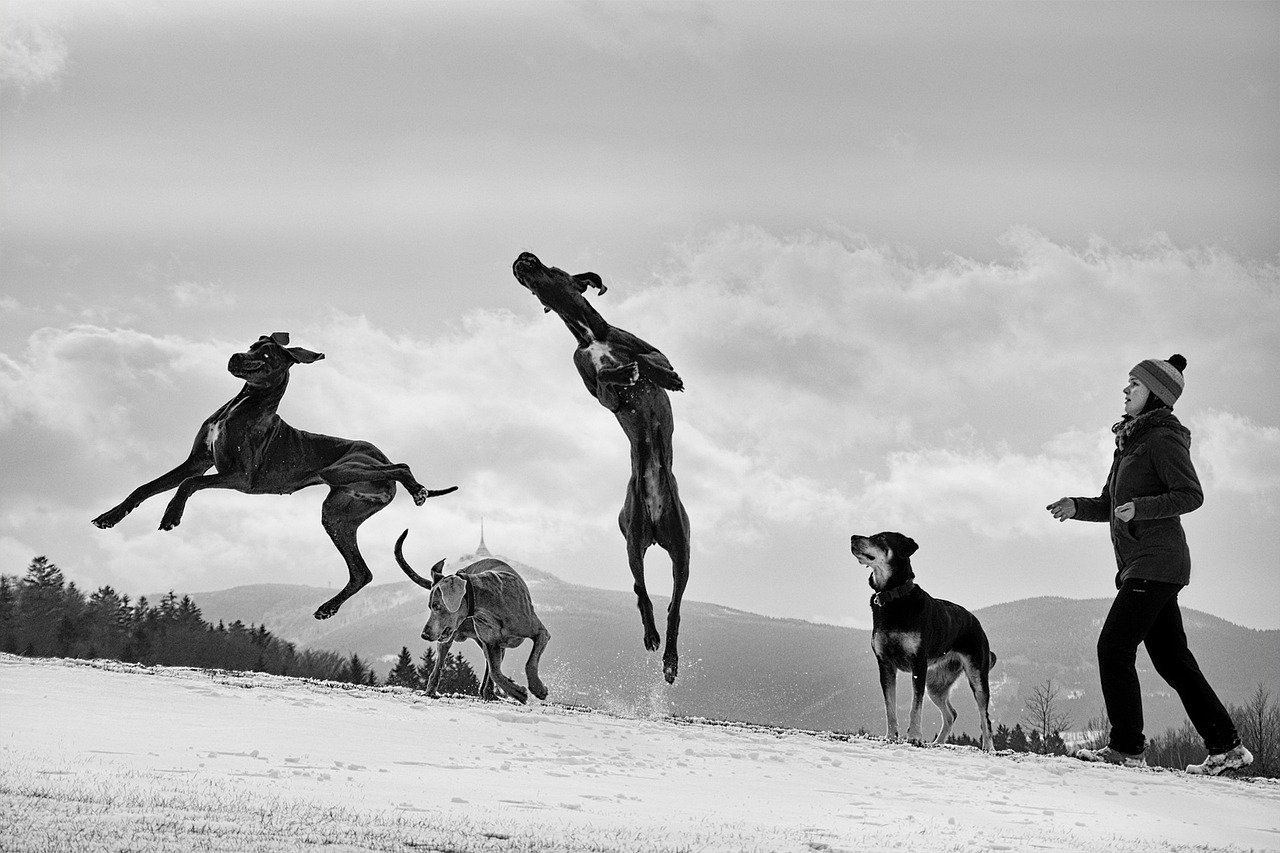
It might surprise you, but Great Danes aren’t built for marathons. Their joints are vulnerable, especially when they’re young and still growing. Gentle daily walks and some playtime in the yard are perfect. Avoid high-impact activities like jumping or excessive running, especially on hard surfaces. Instead, opt for leisurely strolls and sniffing adventures. Puzzle toys and interactive games can keep their minds sharp without overtaxing their bodies. Pay attention to their energy levels—if they flop down for a nap after 15 minutes, that’s their way of saying they’ve had enough. The key is finding the sweet spot between exercise and relaxation.
Early and Ongoing Socialization
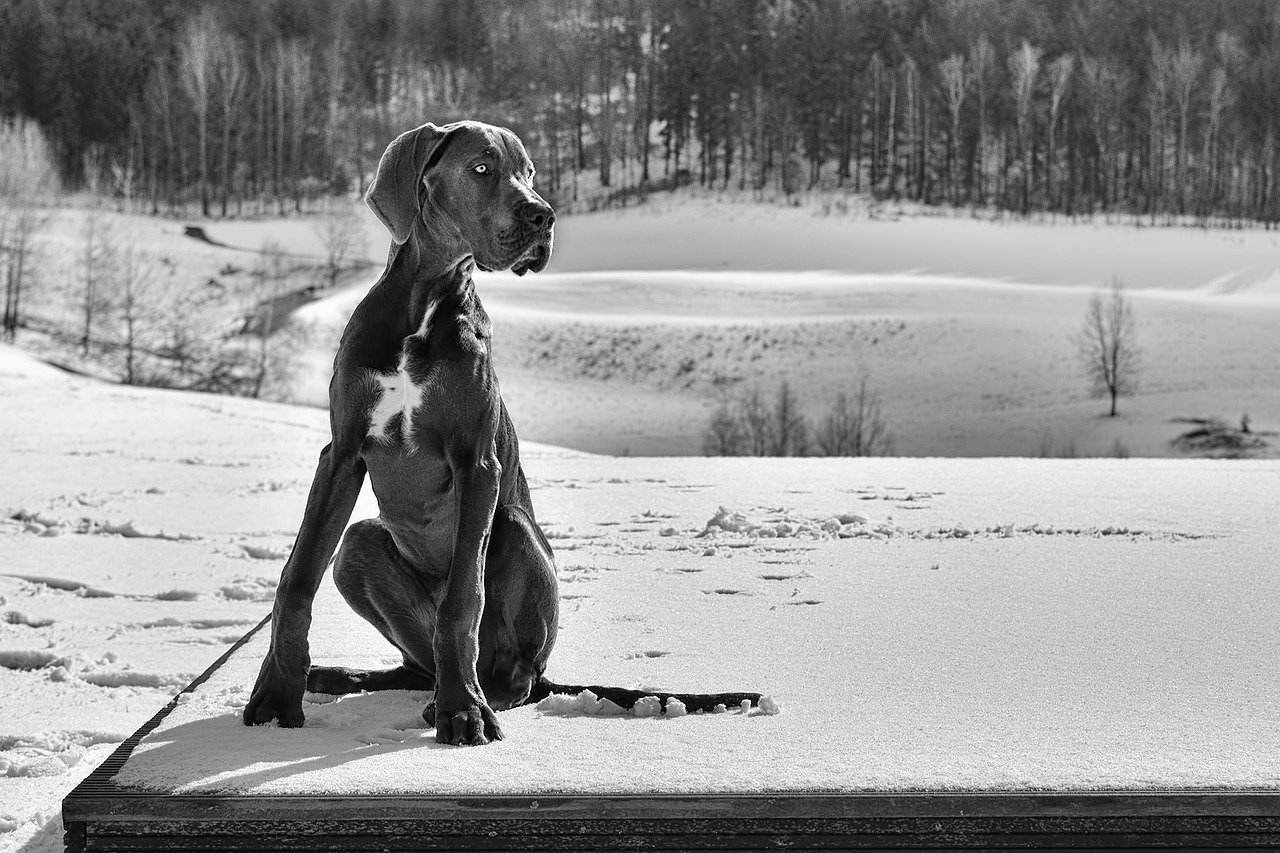
Despite their size, Great Danes can be shy or even a bit timid if not properly socialized. Start introducing them to new people, pets, and experiences as early as possible. Puppy classes are fantastic for building confidence and teaching them how to behave around others—imagine the difference between a well-mannered giant and one who thinks they’re a lapdog at the dog park! Keep socialization positive and gentle, using treats and praise. The more they experience as puppies, the more adaptable and friendly they’ll be as adults. Regular playdates or visits to dog-friendly stores can help keep their social skills sharp for life.
Health Checks and Veterinary Care
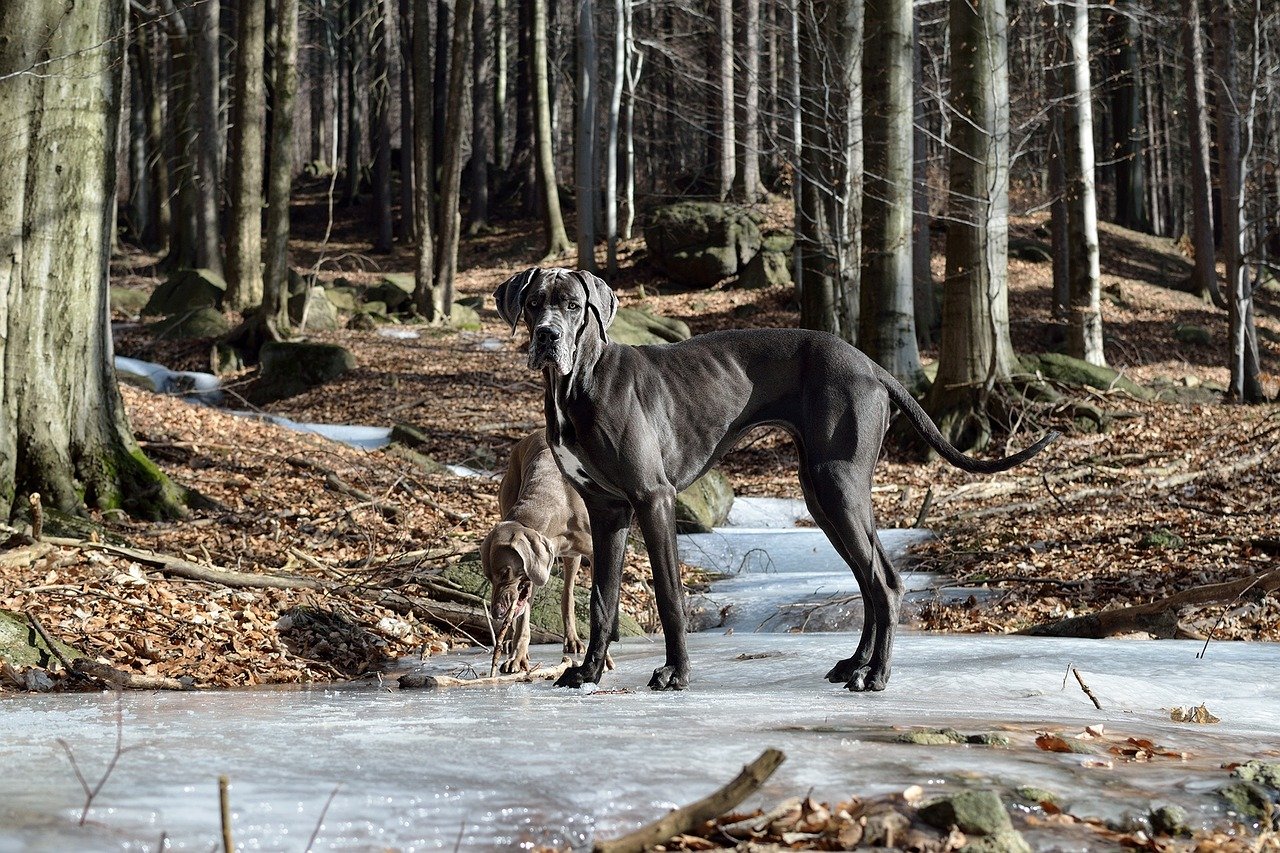
Great Danes need regular vet visits, and not just for shots. Their size puts them at risk for certain health issues, like hip dysplasia, heart problems, and bloat. Annual checkups can catch problems early, and your vet can recommend specific screenings for large breeds. Keep up with flea, tick, and heartworm prevention, and monitor for any signs of discomfort or sudden changes in behavior. Because they age faster than smaller dogs, senior Great Danes need extra attention, including bloodwork and joint checks. The goal isn’t just a long life—it’s a good quality of life, every single day.
Grooming Routines for a Healthy Coat
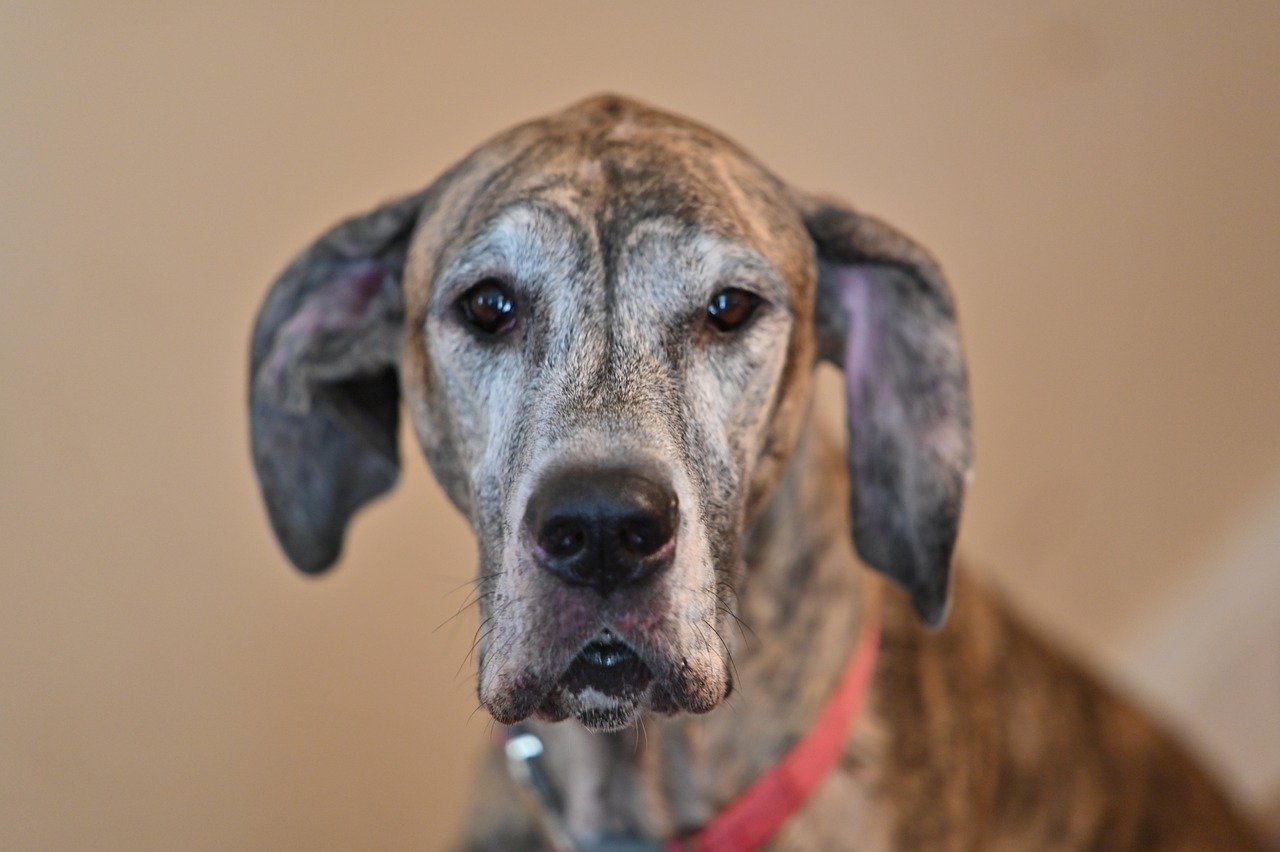
Great Danes might not have luscious locks, but their short coat still needs regular care. Weekly brushing helps remove loose hair and keeps their skin healthy. Bathing isn’t needed often—once every few months or when they get especially dirty will do. Don’t forget their nails! Those big paws can get uncomfortable if nails grow too long, so trim them regularly. Check ears for dirt and wax buildup, and brush their teeth to prevent dental issues. Grooming is also a great bonding time; many Danes love the attention and will lean in for extra cuddles.
Comfortable Sleeping and Resting Spaces
If you’ve ever tried to fit a Great Dane on a standard dog bed, you know the struggle. These dogs need a bed as big as a twin mattress—seriously! Choose a thick, supportive bed to cushion their joints, especially as they age. Place their bed somewhere quiet, away from drafts and direct sunlight. Soft blankets and pillows are a plus, but make sure there’s enough space for them to sprawl out. If you let them on the furniture, expect to share your couch (or lose it entirely). A comfy dog makes for a happy home.
Managing Their Sensitive Stomachs
Great Danes are notorious for sensitive stomachs. Sudden changes in food or treats can lead to upset tummies, so always transition slowly. Watch for signs like vomiting, diarrhea, or gassiness, and talk to your vet if problems persist. Stick to dog-safe foods and avoid giving table scraps, especially fatty or spicy foods. Some Danes do better with grain-free or specially formulated diets. Remember, what goes in affects how they feel—keeping their digestive system happy means fewer messes for you and more tail wags from them.
Training: Patience and Consistency Pay Off
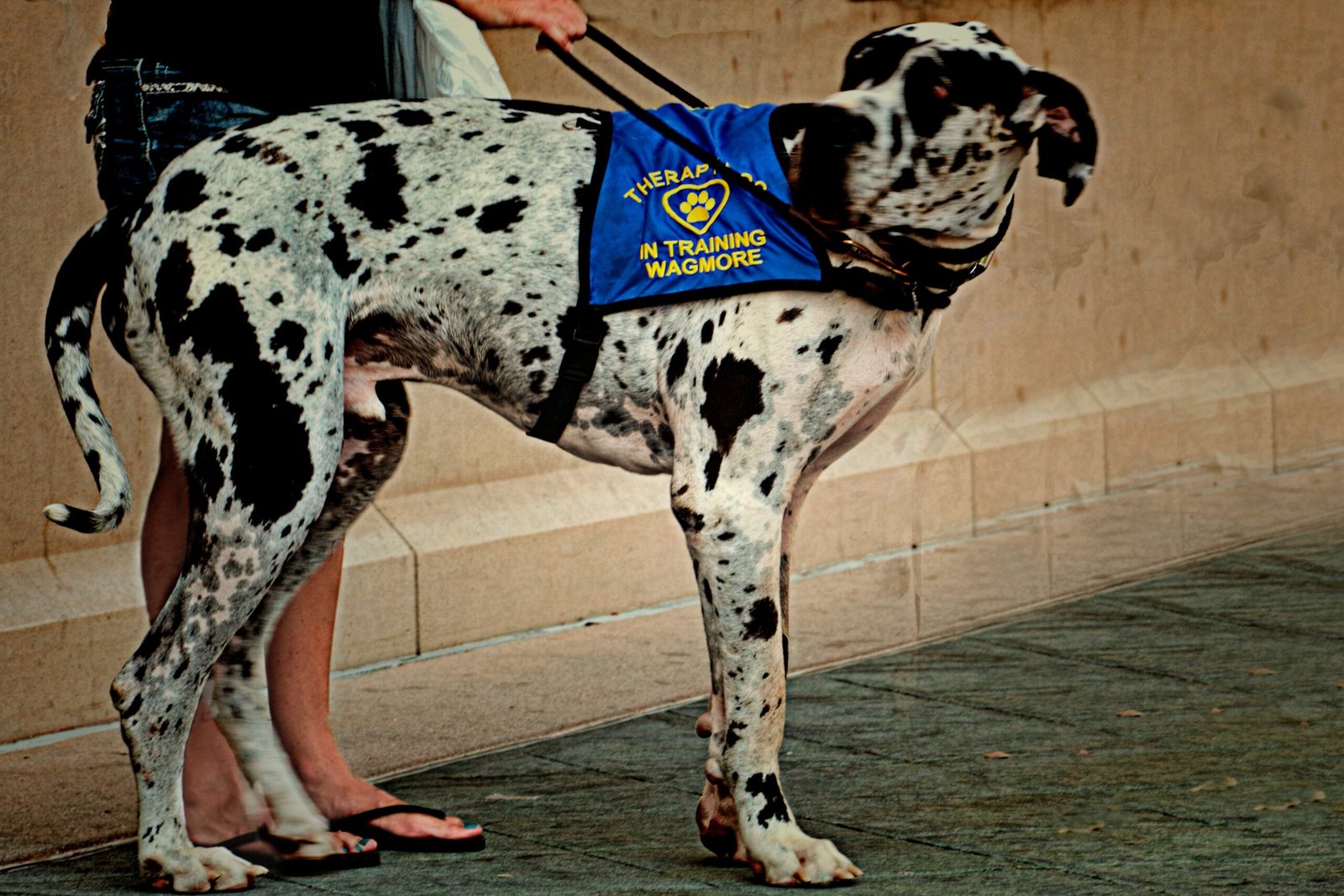
Training a Great Dane is a bit like steering a living, breathing freight train. They’re eager to please but can be stubborn at times, so patience is your best friend. Focus on positive reinforcement—lots of praise, treats, and gentle corrections. Start early with basics like “sit,” “stay,” and “come,” and reinforce these commands throughout their life. Because of their size, manners matter: nobody wants a 150-pound dog jumping up to say hello! Keep sessions short and fun, and don’t get discouraged if progress is slow. The time you invest early on pays off tenfold later.
Emotional Needs: Love, Affection, and Your Presence

Even though they look imposing, Great Danes are sweet, sensitive souls. They crave your attention and often follow you from room to room, just to be near you. Left alone for long periods, they can become anxious or even depressed. Make time every day for cuddles, gentle words, and play. Their loyalty is fierce—they’re happiest when they’re part of your daily life, whether that means lounging at your feet or riding shotgun on road trips. Like any family member, they need to feel loved, valued, and included.
That’s where the journey of caring for your gentle giant begins and ends—with big hearts, bigger hugs, and a lifetime of unforgettable moments.

Linnea is a born and bred Swede but spends as much time as possible in Cape Town, South Africa. This is mainly due to Cape Town’s extraordinary scenery, wildlife, and atmosphere (in other words, because Cape Town is heaven on earth.) That being said, Sweden’s majestic forests forever hold a special place in her heart. Linnea spends as much time as she can close to the ocean collecting sea shells or in the park admiring puppies.





